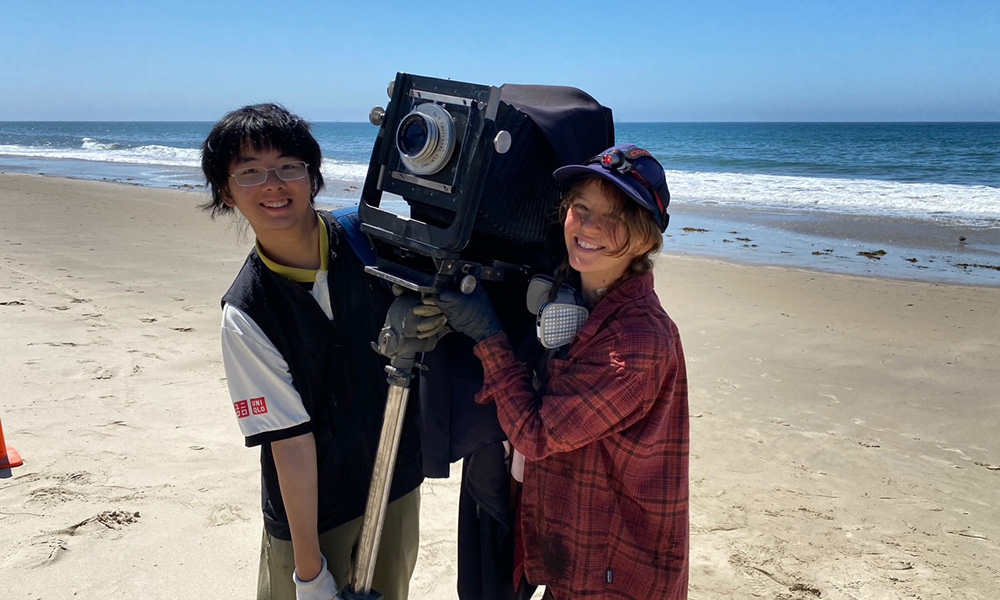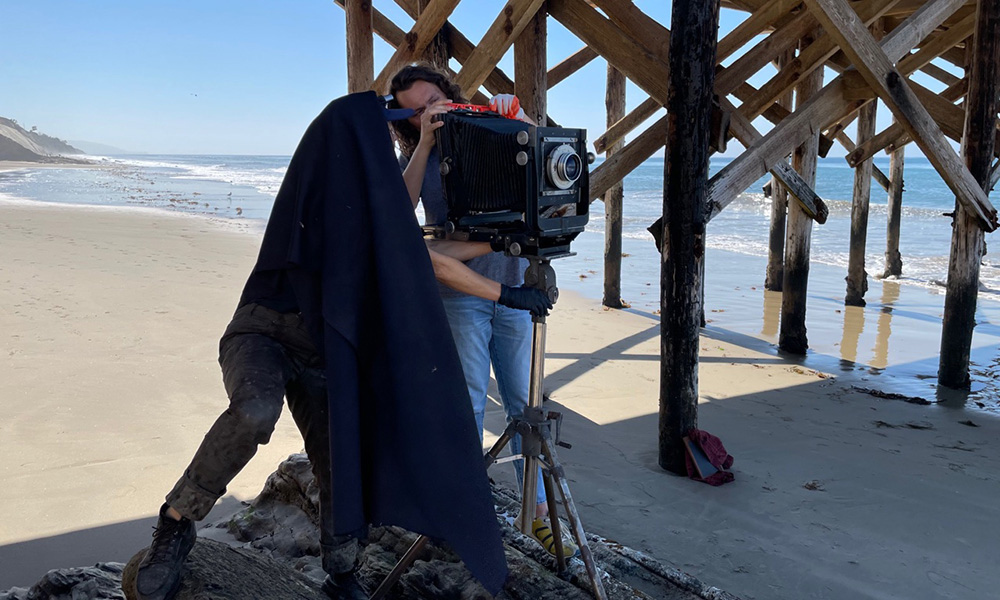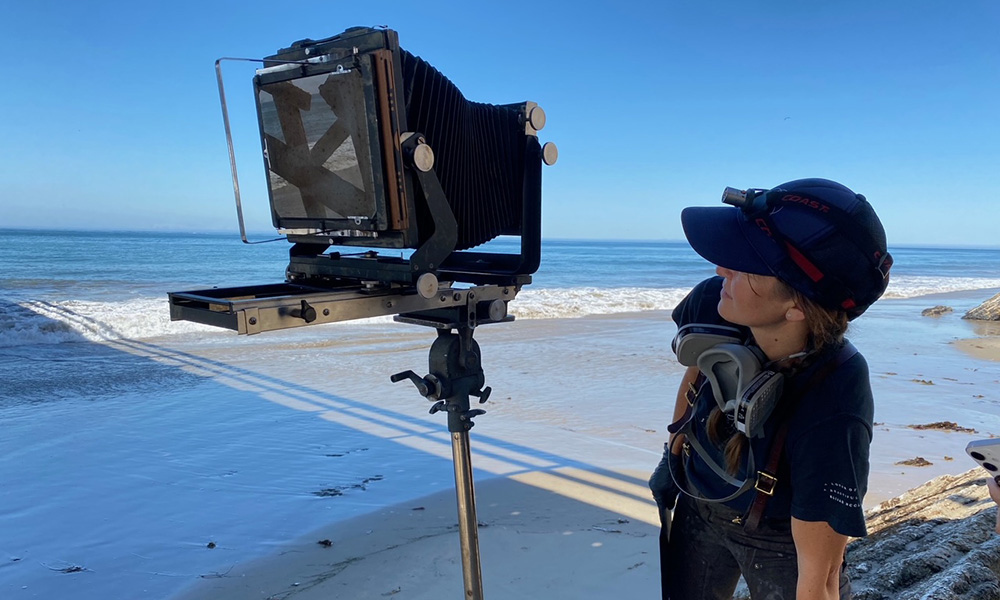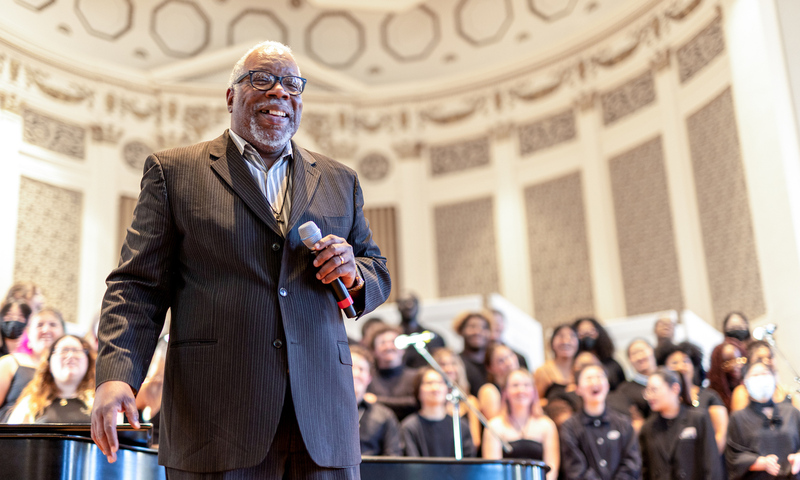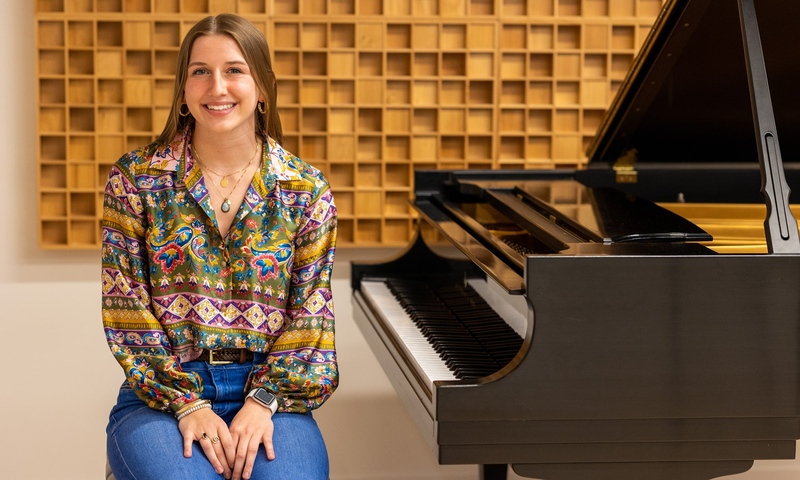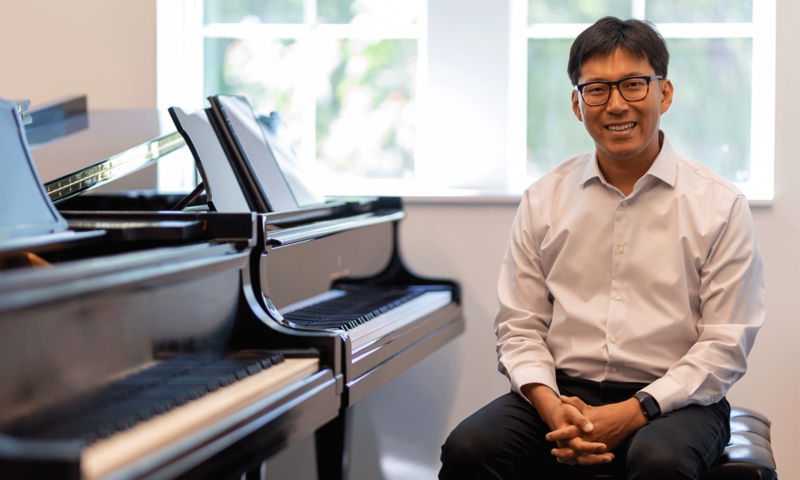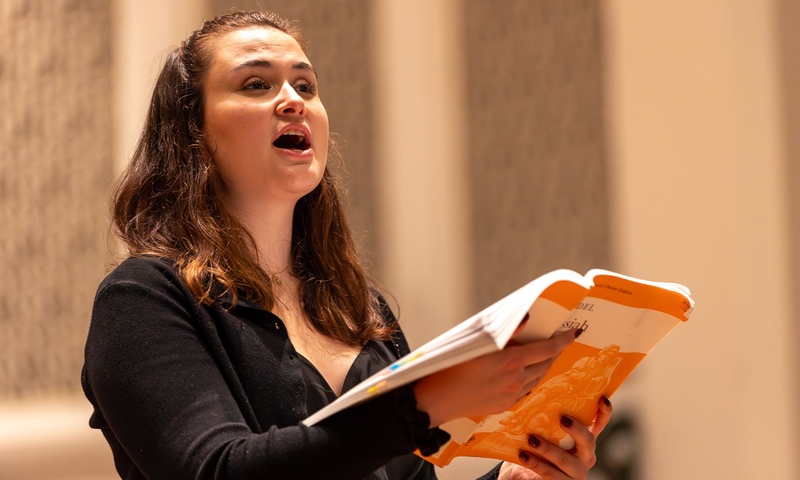Studio art major Yuan Liu, BFA ’22, spent his summer working with and learning from a professional photographer. The international student practiced printing skills, helped frame photographs, and installed works in a gallery. “I got to experience what it feels like to have a photography career,” he says.
Liu was able to take that internship in part because it was funded through Denison’s Austin E. Knowlton Center for Career Exploration. His internship is an example of the college’s “Praxis in the Arts” initiative that requires majors to have work experience in the arts as part of their degree. Gaining practical knowledge is critical to launching careers in the arts.
Chair Sheilah ReStack states, “It is hugely valuable for students to actually have real world experience in the arts as part of their journey through the academics and art-making at Denison.” She adds, “This is truly a chance in a lifetime to be paid to gain experience.”
Each year, the Knowlton Center provides more than $600,000 to fund low- and un-paid internships. “Too often, internships are exclusive — only those who can afford the ‘unpaid’ internship can access them,” says ReStack. “We are so thrilled that all our students can gain experience in the arts and be compensated through this partnership.”
Many times, the internships have an added benefit — a chance to connect with an alum and begin to build important networks. Liu worked alongside Ramsey Bristol ’21 at the Santa Barbara studio of Denison alum Lindsey Ross ’03. A successful wet plate colloidon photographer, Ross has held artist residences and exhibitions from Budapest to British Columbia. She offers studio art students the chance to experience commercial analogue photography in her working studio.
“The very nature of working with an established artist and using the early photographic process of wet plate colloidon to create ambrotype and tintype images has renewed my understanding of the need to be resourceful and adaptable in my own practice,” says Bristol.
“The invaluable time spent working with this process has focused my ways of seeing by noting the possibility of using historic image making to include subjects that have historically been excluded from such types of images. A means to fill in the gaps of our history.”
